In this second part of EEWorld’s “virtual roundtable” discussion on flow batteries, our panelists delve into the impact that the emergence of flow batteries is having on energy storage compared with conventional rechargeable batteries: What factors determine when flow batteries are more cost-effective than rechargeable batteries? How do the maintenance and monitoring needs of flow batteries compare with the needs of rechargeable batteries? And what are the barriers to using blow batteries in transportation applications such as electric vehicles, electric trains, or electric ships? Joining us for this virtual roundtable are: Olaf Conrad (OC), Managing Director with JenaBatteries, a maker of metal-free redox flow batteries. And Bruce Herzer (BH), Director of Marketing with Invinity Energy Systems, a maker of Vanadium flow batteries.
JS: What are the main challenges users face when first developing flow battery installations?

OC: Authorities are still very unfamiliar with flow batteries. Therefore, getting all permissions that are required for a first flow battery installation is the single-most-important challenge for any user. Several pilot installations have been realized in all major economic regions so that the body of documented permission records is growing. Currently, knowing how to plot the path to a fully permitted installation is seen as a competitive advantage, but in short order norms and standards as well as regulatory frameworks will guide even the inexperienced user.
BH: We think that the main challenges are receding. Many flow battery deployments in the past have been built in place as bespoke projects, with testing and electrolyte filling done on-site. This has added to project complexity and uncertainty. We’ve developed the technology to the point today where we’re shipping turn-key, fully tested, fully-manufactured batteries out of our factories. This has fundamentally shifted vanadium flow into the realm of “plug and play” in the same way that lithium batteries can be installed within hours.

JS: What is the critical use-case factor, or factors, that determine when flow batteries are more cost-effective compared with rechargeable batteries?
BH: We look for a variety of project characteristics that indicate flow will be the best technology choice. One is the expected use: flow works great in scenarios where the batteries will need to deliver over 300 annual cycles of 2 hours or more or over 600 annual cycles of under 2 hours. Another good fit is commercial or industrial sites that use solar generation and have 24×7 consumption; in those cases, the longer duration flow can deliver comes into play. Generally speaking, most of the projects where we see great ROI involve the pairing of intermittent renewable generation with storage systems.
OC: Once flow batteries have proven their projected longevity, 10,000 to 20,000 full cycles, and 10 to 20 years calendar life, flow batteries will almost always be the more cost-effective technology for grid-level before-the-meter and behind-the-meter installations.
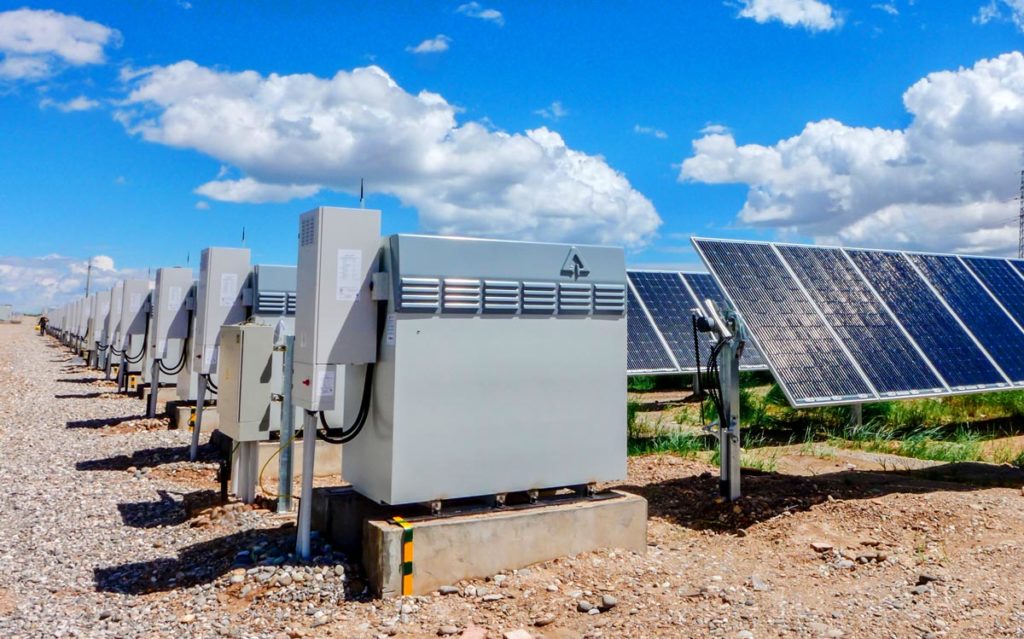
JS: How do the monitoring and maintenance requirements of flow batteries differ from the needs of rechargeable batteries?
OC: Flow batteries have pumps, sensors, piping, and tanks and will therefore require regular inspections and maintenance akin to the well-established schemes for storage tank installations. On the other hand, flow batteries have no issues with unbalanced cells, cell voltage monitoring, and the critical monitoring and control of thermal runaway incidents.
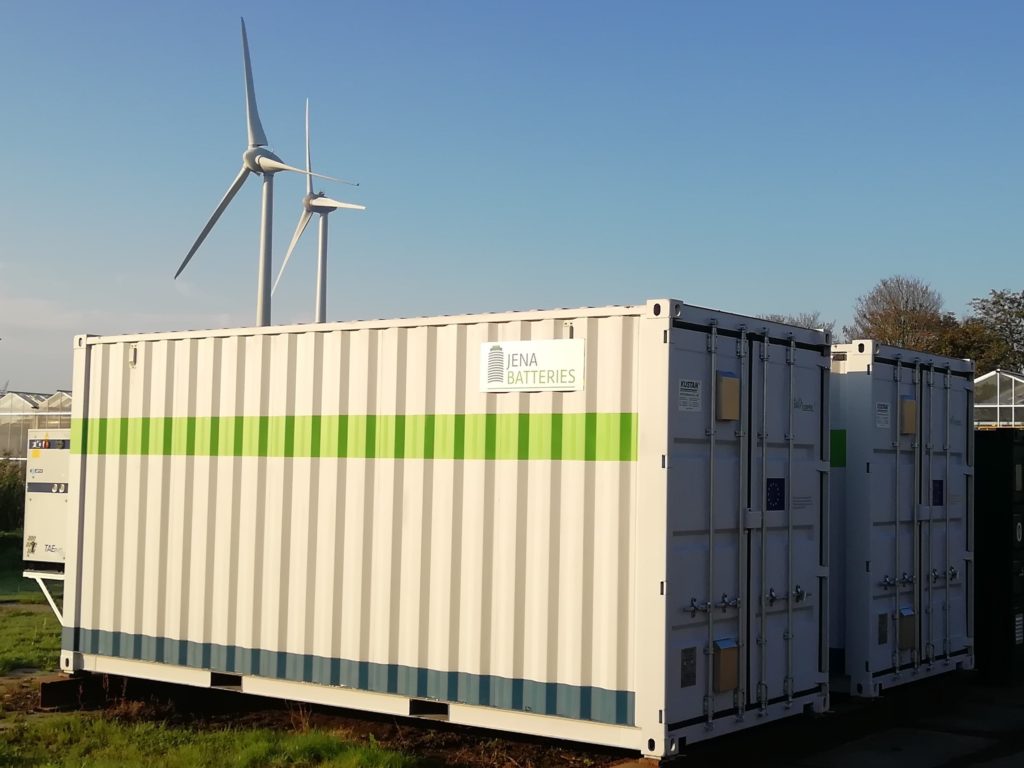
BH: Like any storage system, VFBs have a regular maintenance schedule as subsystems like pumps and tubing should be replaced over time. The big difference with lithium is the electrolyte–the liquid vanadium electrolyte doesn’t degrade. In contrast, lithium systems are typically augmented after 5 years because of degradation–meaning cells need to be swapped out and replaced, or new cells are added to the degraded ones to get the capacity back up to where it was.
Another difference is in the complexity and archiving of monitoring data. Lithium battery operators need to store a huge amount of data in case they ever need to make a warranty claim because they have to prove that every cell in the array has been operated within the prescribed parameters since the day it was installed. There’s no need to monitor VFBs at the cell level, and that data doesn’t need to be archived to satisfy the warranty conditions because the terms are far more flexible.
JS: What are the challenges to be overcome if flow batteries are to be used in applications such as electric vehicles, electric trains, or electric ships?
BH: The big issue here is energy density and weight which we don’t think to make vanadium flow batteries practical for these applications today, although there are some interesting inland shipping concepts out there. Inevitably, as the VFB technology matures further, we’ll see energy density increase, just as it has with lithium over the last 20 years. But I think flow-powered transportation is decades away if it ever happens. In the meantime, flow batteries have plenty of room to grow in land-based projects where space and weight don’t factor in.
OC: Most importantly: Energy density. In my mind of equal importance is the need for fail-proof prevention of spills. Jenabatteries does not pursue motive applications, because spill-prevention becomes incredibly more difficult for moving installations.


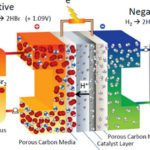
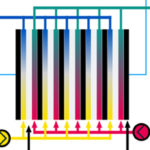
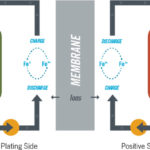

Leave a Reply